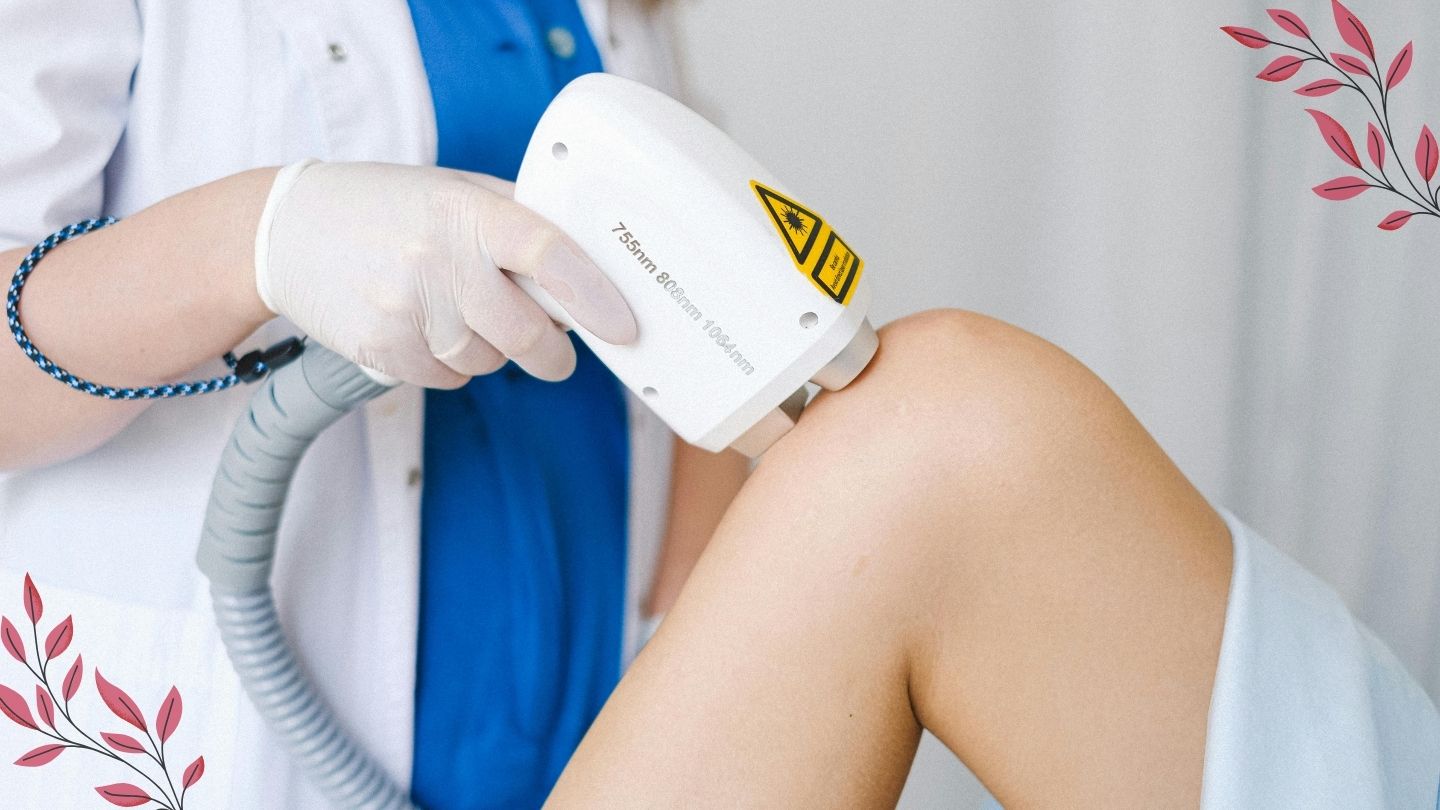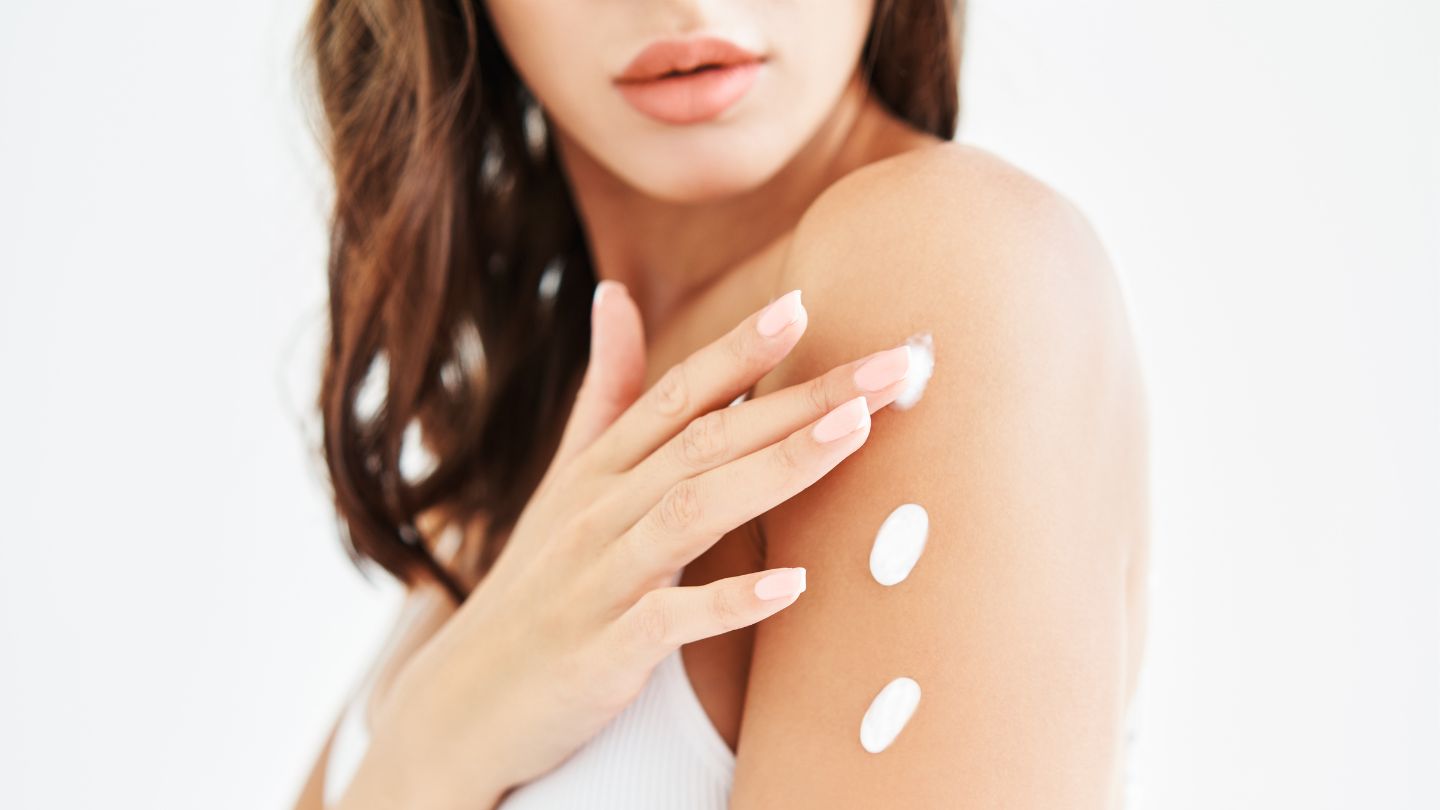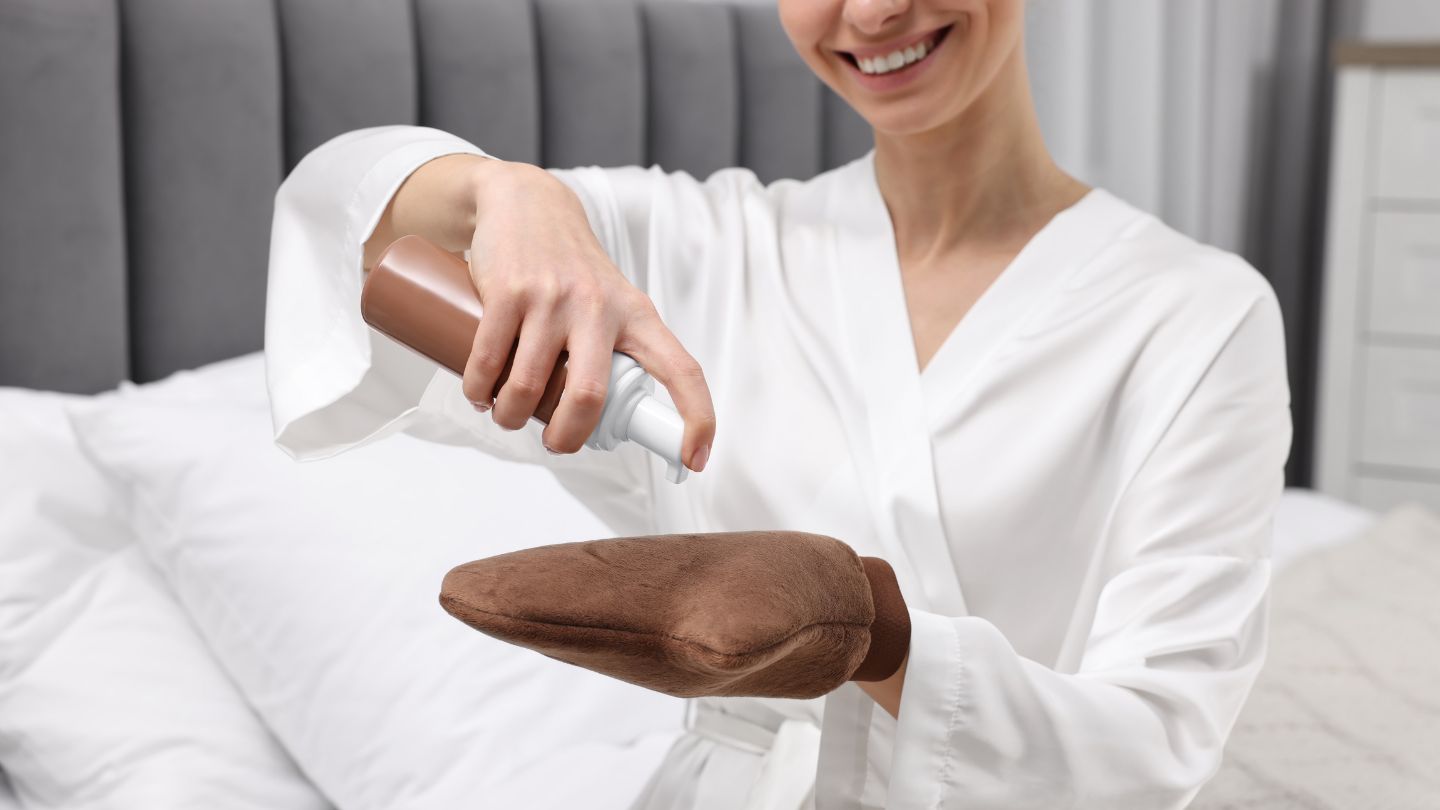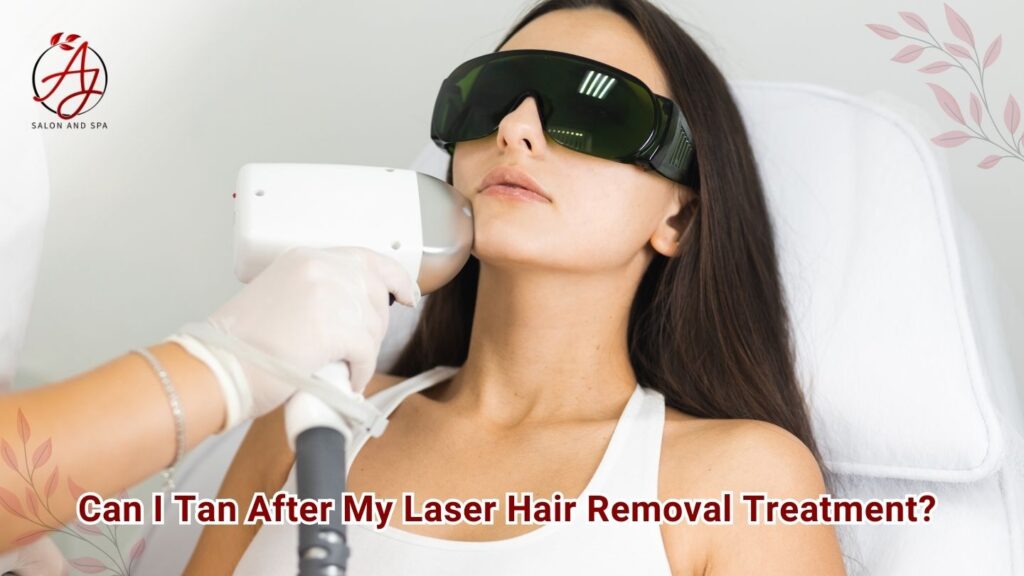Laser hair removal has become one of the most sought-after cosmetic treatments for achieving smooth, hair-free skin. Whether you’re eliminating unwanted hair from your legs, arms, face, or bikini area, this hair removal method is favored for its precision, long-lasting results, and skin rejuvenation benefits. However, one of the most frequently asked questions we hear is: Can I tan after my laser hair removal treatment? The short answer is no—but there’s a lot more to understand before you hit the beach or the tanning bed. Let’s dive deeper into how tanning and laser treatments interact and why proper laser hair removal aftercare is crucial to achieving optimal results.
Understanding How Laser Hair Removal Works
Laser hair removal treatments use highly concentrated laser energy to target the pigment (melanin) in the hair follicle. The laser light is absorbed by the melanin, which then damages the follicle, inhibiting or delaying future hair growth. This laser hair treatment is precise, effective, and ideal for removing hair from various areas, including sensitive skin zones.
However, because the laser targets pigmentation, it can also affect the surrounding skin, particularly if it contains high levels of melanin—which brings us to the issue of tanning.
Why Tanning and Laser Hair Removal Don’t Mix
Tanned skin contains increased melanin, whether from sun exposure, a tanning bed, or a spray tan. When your skin tone darkens, it becomes more susceptible to absorbing laser energy, which can confuse the laser’s targeting system. Instead of focusing solely on the hair follicle, the laser may also interact with the surrounding skin. This can lead to various complications:
- Skin irritation
- Hyperpigmentation or hypopigmentation
- Burns or blisters
- Prolonged redness and discomfort
- Uneven results in hair removal
These risks increase significantly with darker skin types or when the skin has recently been exposed to UV light. That’s why it’s important to avoid tanning before and after a laser session.
The Impact of Tanning Before a Laser Hair Removal Appointment
Tanning before your laser hair removal appointment can interfere with the effectiveness and safety of the treatment. The darker your skin, the harder it is for the laser to distinguish between the melanin in the skin and the melanin in the hair follicle. This not only reduces the accuracy of the laser treatment but also increases the risk of skin damage.
Most professional laser technicians will not proceed with the session if your skin is noticeably tanned or sunburned. Instead, you’ll likely be asked to wait until your skin has returned to its natural tone before continuing your hair removal treatment.
What About Tanning After Laser Hair Removal?

Post-treatment, your skin becomes more sensitive and vulnerable. Laser hair removal aftercare involves protecting the treated skin from direct sun exposure, artificial tanning methods, and heat. Exposing freshly treated skin to UV rays can lead to severe consequences, such as:
- Increased skin irritation
- Higher risk of sunburn and skin damage
- Permanent pigmentation changes
- Interference with hair loss results
To minimize the risk, it’s recommended to avoid tanning (including fake tan and tanning beds) for at least two weeks after your laser hair removal session. Depending on your skin type and how your skin reacts to the laser treatment, your technician may advise you to wait even longer.
Safe Alternatives to Tanning Post-Treatment
If you’re longing for that sun-kissed glow but are in the midst of a laser hair removal series, consider safer alternatives:
- Bronzing lotions and tinted moisturizers can provide a subtle glow without penetrating the skin.
- Gradual self-tanning products may be used after the treated skin has fully healed (typically 1-2 weeks post-session). Always patch test first.
It’s crucial to avoid any product that contains harsh chemicals or could clog pores during the healing process. Consult with your technician before applying any products to the treated area.
How Long Should You Wait to Tan Again?
As a rule of thumb:
- Before Treatment: Avoid sun exposure and tanning for 2-4 weeks prior to your laser hair removal appointment.
- After Treatment: Stay away from tanning and sun exposure for at least 2 weeks following each session.
Your skin type, hair color, and overall sensitivity will also play a role in determining the safe window for tanning. Those with darker skin tones or sensitive skin should be especially cautious, as they are more prone to skin irritation and pigmentation issues.
The Importance of Sunscreen After Laser Hair Removal

Sunscreen isn’t optional—it’s a necessity after any laser treatment. Apply a broad-spectrum SPF 30 or higher on the treated area daily, even if you’re not spending extended time outdoors. This helps:
- Protect the skin from UV damage
- Minimize post-treatment discoloration
- Maintain the integrity of your laser hair removal results
Make sunscreen a permanent part of your laser hair removal aftercare routine to protect your investment and your skin.
Read More: Can I Shave After Laser Hair Removal?
Special Considerations for Darker Skin Types
Laser hair removal has advanced significantly in recent years, and today’s technologies can effectively treat darker skin tones with the right settings and devices. However, these skin types still require careful handling, especially when it comes to tanning and sun exposure.
Laser energy reacts more strongly with melanin, making darker skin more susceptible to burns or discoloration. To reduce risks:
- Avoid tanning and sun exposure longer than the minimum recommended timeframe
- Choose an experienced laser technician familiar with treating darker skin types
- Follow all pre- and post-treatment guidelines rigorously
What About Spray Tans and Self-Tanning Products?

Spray tans and self-tanners are often viewed as “safe” alternatives, but they can also interfere with laser treatments. Many self-tanning products contain bronzers or dyes that can affect the laser’s ability to detect hair follicles. To avoid complications:
- Do not use self-tanners for at least 1-2 weeks before your laser appointment
- Wait until the skin is fully healed post-treatment before applying any self-tanning product
Your laser technician will appreciate working with clean, natural skin to ensure the best results from your laser hair removal treatments.
Skin Health and Other Laser Treatments
If you’re undergoing other laser-based services, such as laser tattoo removal or laser skin resurfacing, you must also avoid tanning. UV exposure can worsen side effects and compromise your skin’s ability to heal.
Laser treatments, in general, whether for hair removal or skin concerns, require optimal skin conditions for safe and effective results. Tanning before or after any laser session increases your risk of adverse reactions and delays your progress.
Read More: How Often Can You Get Laser Hair Removal?
Summary
While laser hair removal is a highly effective method for removing unwanted hair, it requires mindful aftercare to ensure your skin remains protected and your results are long-lasting. Tanning before or after a laser session—whether via sun exposure, tanning beds, or fake tan—can significantly increase your risk of skin damage and reduce the effectiveness of the treatment.
At AJ Salon and Spa, we offer personalized laser hair removal in Naperville to suit your unique skin tone, hair type, and cosmetic goals. Our experienced laser technicians prioritize safe, comfortable, and results-driven treatments for every client. Contact us today to schedule your consultation and experience the smooth, radiant skin you deserve!


